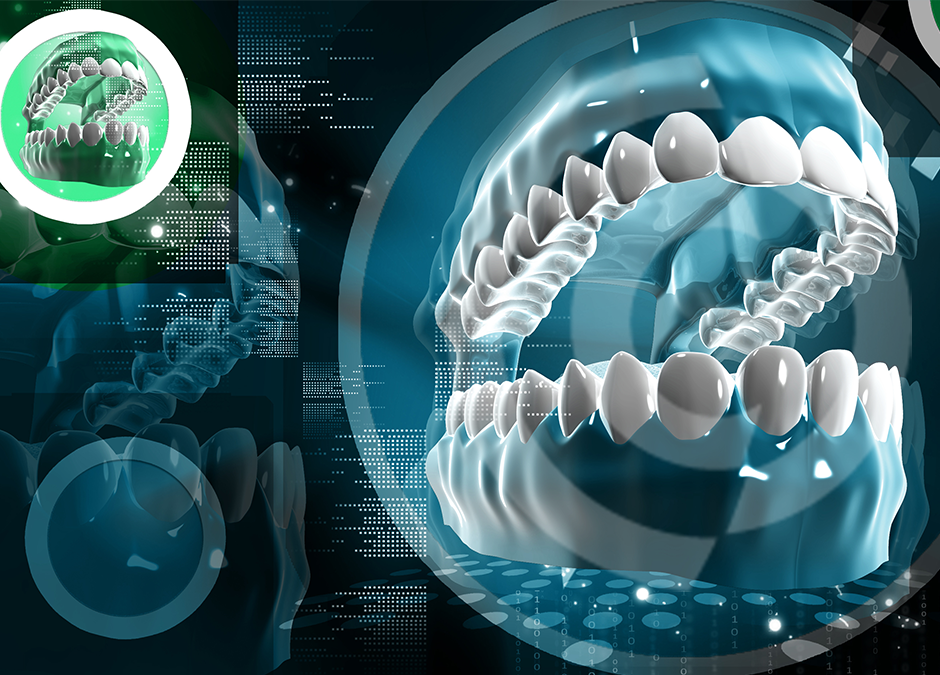3D technology in orthodontics: essential or usual?

Júlio Gurgel and Ricardo de Souza Tesch discuss 3D technology: are we developing the knowledge acquisition culture or accepting expert formulas?
Big data, algorithms, and 3D technology have implied adaptations in all fields of science - and orthodontics has not shied away from this change in behavior, so it deserves a lot of thought. One of them is about the difficult days experienced by the specialty, full of experts in unique therapeutic tools that all patients and their diverse needs need to fit into. All efforts to improve diagnosis and search for individualized, evidence-based treatment protocols are not only commendable, but fundamentally necessary.
The possibility of the software proposing treatments for which the orthodontist should be aware of the basic biomechanical principles and thus able to "talk" with the machine and weigh the possible and the reasonable shows the need for traditional training. However, let's extend our look at requesting new diagnostic tests, including those for images. We have observed that these tests are justified only when the information obtained is reliable and relevant to the point of altering an initially proposed treatment plan or its prognosis.
In the specific case of cephalometric studies in three dimensions (3D), there is sufficient evidence that they generate reliable measurements, but they do not provide enough new information on the sagittal and vertical planes to justify their routine use1, since they demand greater financial and biological cost. However, the training and experience in identifying and resolving skeletal and dental discrepancies in these two planes of space are far superior to those traditionally used in the transverse plane, where previous unavailability of reliable measurements did not bring replicable measurements until the creation of tomography. cone beam computed tomography (CBCT).
A good example is the diagnosis and treatment of maxillary transverse discrepancies. Commonly, the chronological and skeletal, carpal or vertebral cervical age is used to determine the prognosis of its correction through skeletal effect or orthopedic expansion. There is a possibility of not achieving the expected skeletal outcome at not so early ages, which is in fact not common but possible. However, the biggest loss would be not trying the procedure in patients above the standard age, but who have reached advanced stages of midpalatal suture maturation. Although the proposed system for classifying advanced stages of suture maturation still seems unintuitive and requires a long learning curve, it does allow for an individualized assessment, previously unavailable, and with more replicable identification for stages D and E.
In the absence of crossbite, deciding whether to expand that requires a skeletal effect becomes subjective and difficult. Transverse dental compensations are not easily identified by eyes that are not well trained. In addition, it has been shown that mouth corridor enlargements, usually employed as a decision criterion, are more influenced by canine and upper posterior teeth inclination than by maxillary atresia itself. Similar examples of substantial gains could be easily detailed about mandibular asymmetries and their relationship to TMJ changes.
Faced with so many possibilities, it is not so simple to balance the balance between biological cost and diagnostic benefit. Moreover, it complicates the fact that technological advances in health are sometimes faster than the time required for their evidence-based scientific transfer. For example, the emergence of tomographs that allow the acquisition of excellent quality images with very low doses of radiation exposure.
However, the reverse may also be true, that is, cases in which it is previously known that tomographic images are needed, as they are discriminated by consensus established by experts and academy members. Would it be ethical to request conventional two-dimensional orthodontic documentation and then expose the patient to radiation for new imaging? Aren't we on autopilot and ordering tests in a standardized way without being able to change the diagnosis and treatment plan?
This debate is healthy and far from having a definitive answer, because innovations and evidence are emerging every day. As always, the solution seems to be parsimony, but without accommodation.
Given the above, there is another important question: Are we developing a culture of knowledge acquisition based on 3D technologies or are we accepting use formulas established by experts?
Source: Ortodontia SPO. Available at: https://ortodontiaspo.com.br/tecnologia-3d-essencial-ou-usual/. Access on: 08/17/2020.
